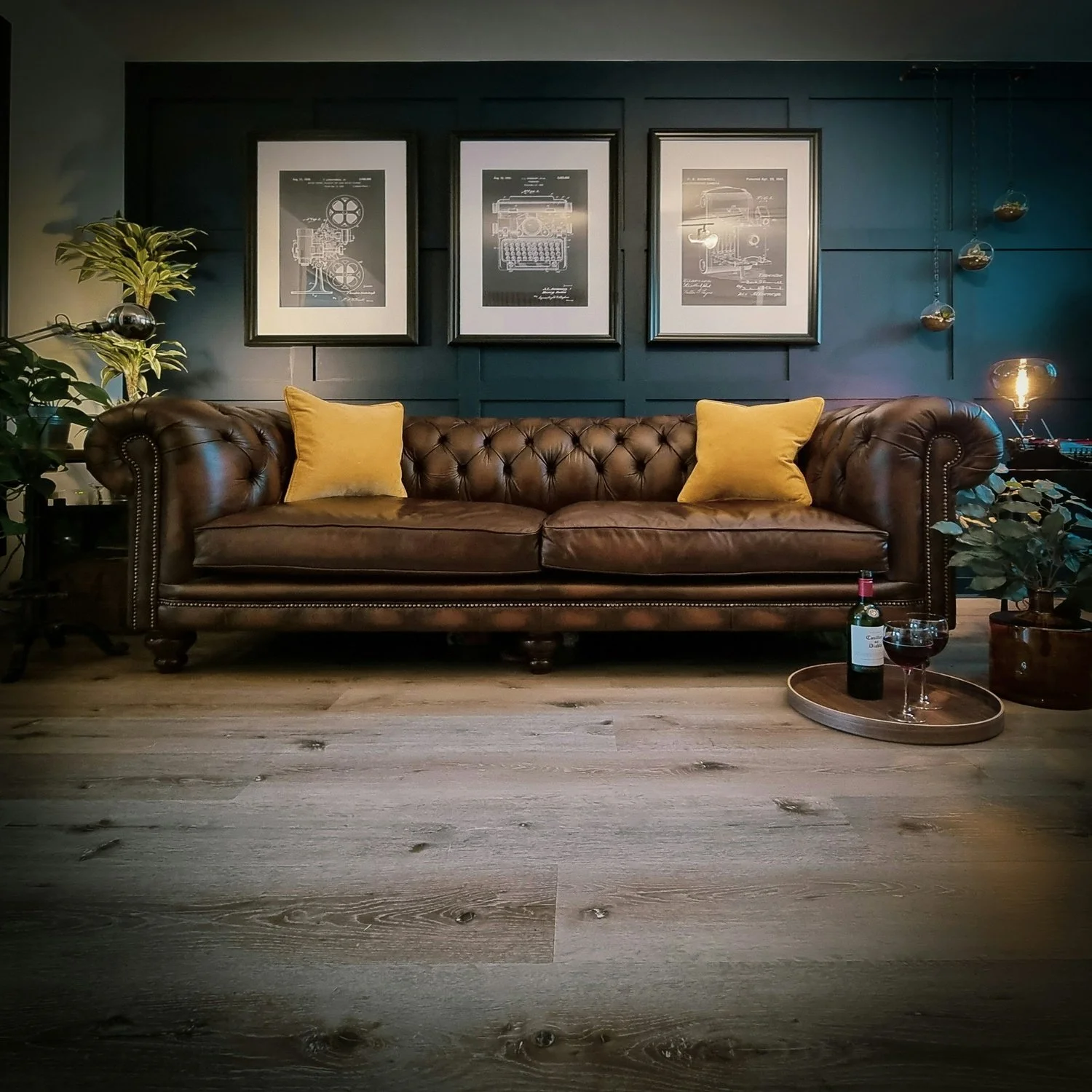If heritage protection were a sport in Luxembourg, it would be curling. Niche. Mysterious. Played in silence. And usually witnessed by no one.
In 2020, during the European Heritage Days, a protest was held in the capital to draw attention to the slow-motion massacre of architectural heritage across the country. Eighteen associations joined forces. The press turned up. There were signs, slogans, and even hope.
Fifty people came.
Fifty.
In a country of over 600,000. That’s less than the turnout at a poorly advertised cheese festival. And yet, there they stood, civil society groups, preservationists, historians, and a few mildly annoyed homeowners who discovered too late that their façade was about to be “updated.” They held signs like “Rett eise Patrimoine” and “Embauen, net ofrappen” which roughly translate to: “Please stop bulldozing the past, thank you very much.”
It was heartfelt. It was civil. And, as with most things heritage-related in Luxembourg, it was mostly ignored.
Because let’s be honest: preserving buildings is not a popular pastime here. It doesn’t win votes. It doesn’t generate headlines. It’s not shiny. It doesn't photograph well on social media, unless you’re selling it with artisanal sourdough and a linen apron.
The dominant logic is brutal in its simplicity:
• Old buildings are inefficient.
• Poor people live in them.
• They’re best replaced with something that matches the budget forecast and the kitchen showroom catalogue.
The result is a curious urban landscape where the less a building is valued, the more likely it is to house the people society values the least. You see it again and again, in Esch, in Ettelbruck, in villages across the country. Beautiful old houses, assigned to decay or to “social use,” because somewhere along the line, it was decided that heritage is not good enough for the rich.
Which brings us back to the protest. The Lëtzebuerger Denkmalschutz Federatioun, newly founded at the time, pointed out what everyone sort of knew already: the protection system doesn’t really work. The national and communal levels don’t coordinate. The inventories gather dust. The will, politically, socially, culturally, is simply not there.
And yet.
People still protest. People still care. Not many, but enough to keep showing up with their hand-painted signs and their encyclopedic knowledge of sandstone cornices. They come because they know something important: when you lose a historic building, you don’t just lose bricks and plaster. You lose context. You lose identity. You lose a piece of the story that tells you where you are.
And when you lose enough of those stories, you start to forget what the place even meant in the first place.
[Read the full post on heritage protection here →]
written by Helen M. Krauss




